
10 Things to Know Before Remodeling Your Interior into Japanese Style
Think of a traditional Japanese house and what elements come to mind? You're probably picturing soft tatami mats, delicate shoji screens and warm wooden beams; and while these are important hallmarks of Japanese interior design, they are only a small component of the rich and inspiring heritage of traditional Japanese architecture.

A Traditional Japanese House Traditional japanese house, Japanese
One of the key uniqueness of traditional Japanese architecture is the lack of load bearing walls. Exposed beams and columns often bear load, which means that you can have the skeleton to be part of the interior design. Compared a room enclosed by four walls, Japanese counterpart can be open to outside. Typically fusuma and shoji, sliding doors.

Inside 5 Timeless Traditional Japanese Houses Traditional japanese
1. Minka 民家 Translating to "house of the people", minka are the traditional Japanese house style. Farmers, skilled trade workers, merchants, and any other non-samurai class would live in one of these style houses. They are characterized by their simple rectangular shape and roof type. It is the most common style and can be found all over Japan.

Japanese old style house interior. Japanese interior design, Japanese
Japanese. Sections. Popular. People. Blog. Politics. The influence of Western-style housing has been significant in Japan, but many traditional elements remain.

Interior Design Rustic Japanese Traditional japanese house, Japanese
Above: The kotatsu, a low table with a heavy blanket, is a traditional Japanese home feature. "During the colder winter months, the kotatsu, which has a heating element underneath, becomes an important part of our daily life - a place to eat, drink, play and rest," says Ryo. Above: The rattan floor seats were made in Nagaoka, in Niigata prefecture.

Image result for traditional japanese house interior Casas
Traditional Japanese houses have unique architectural and interior features that are considered an important part of Japan's history and culture. These old features are often included in new homes because many people still find them charming.Family homes were historically viewed as temporary and were reconstructed approximately every 20 years.
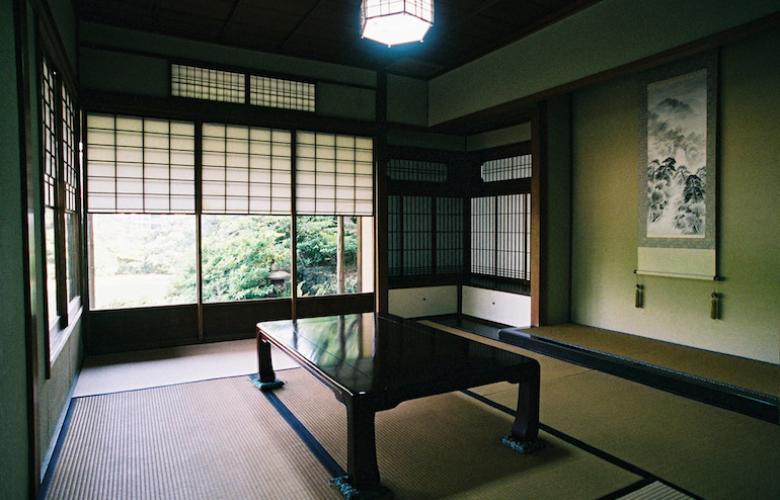
6 elements of Japanese traditional architecture REthink Tokyo
A traditional Japanese house is called a 'minka' (民家), which literally means 'house of the people' as this was a house that was inhabited by people of the old middle classes: farmers, artisans, and merchants. While individual styles varied per region, there were a few characteristics that kept coming back in a minka's architecture.
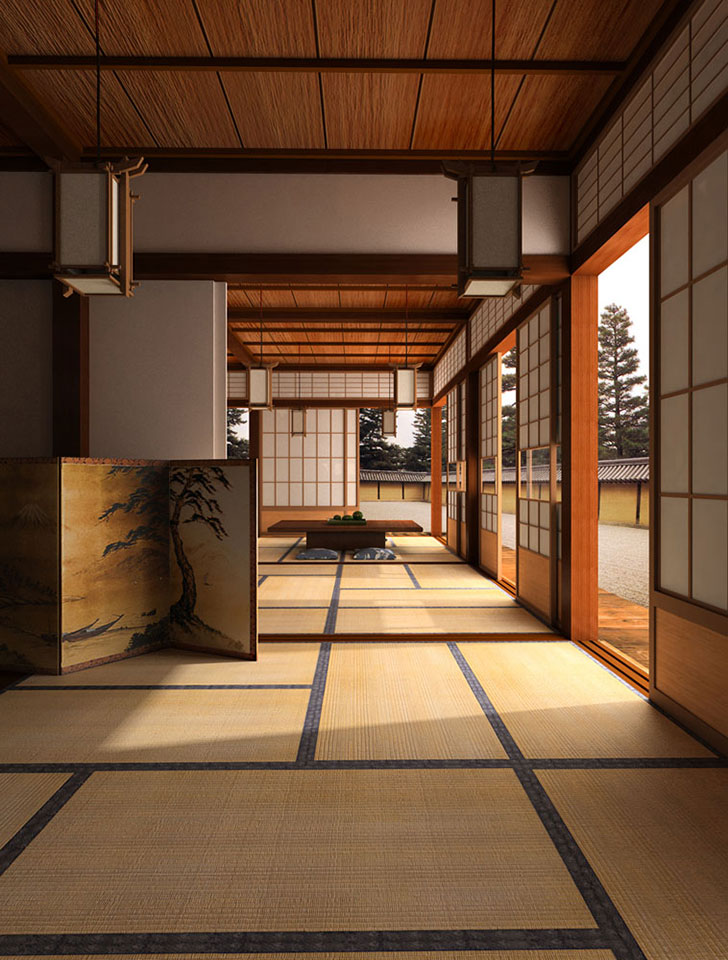
Japanese style in interior design a piece of Zen philosophy in your
Yet key features of traditional Japanese residential design ensure privacy, natural light, protection from the elements and contact with the outdoors — no matter the size of the house or its location.
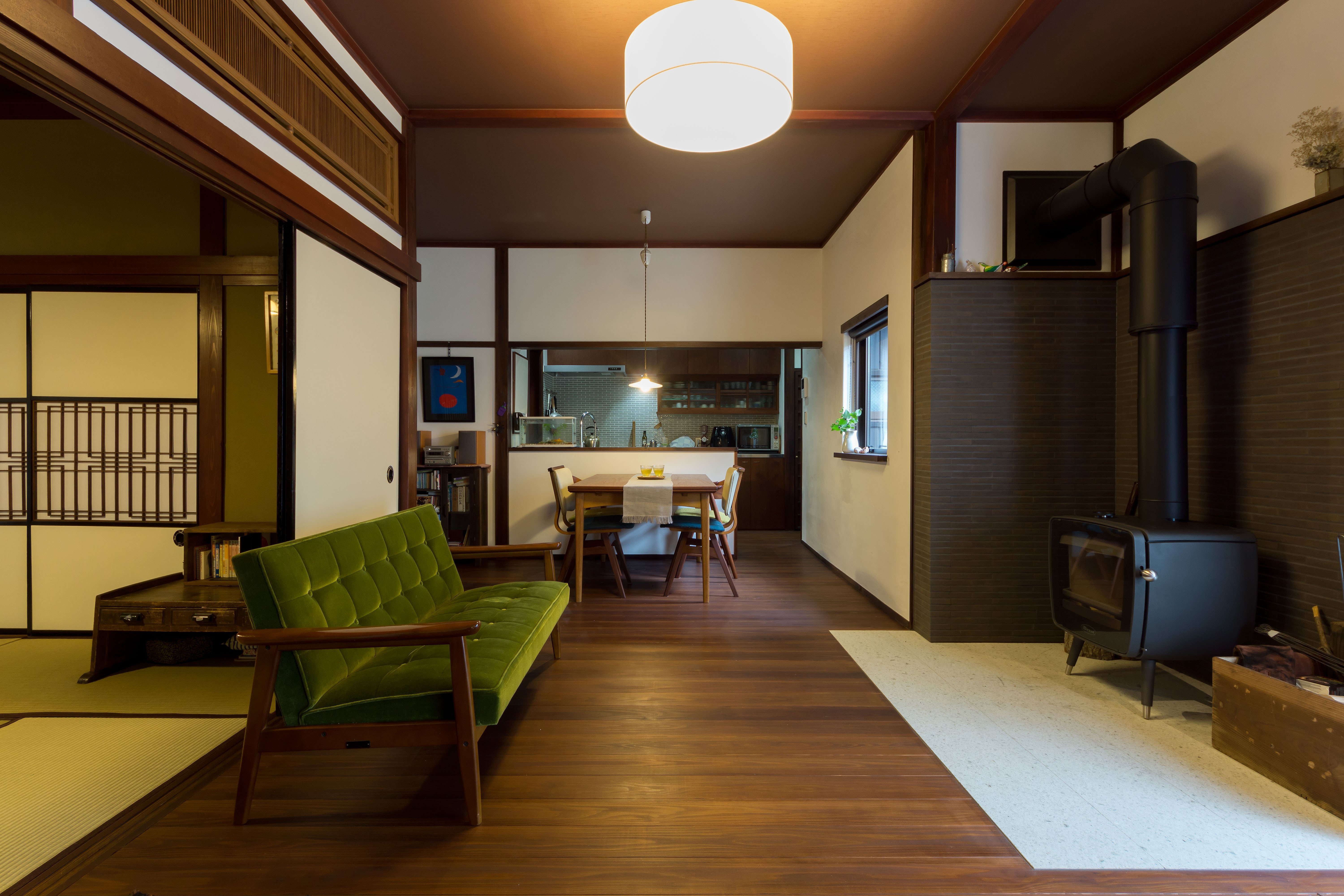
35 Best Of Traditional Japanese Living Room
Japanese Interior Design Principles COURTESY OF KEIJI ASHIZAWA DESIGN 1. Incorporate Natural Materials & Textures Looking to capture the serenity of Japanese spaces? Select a concise palette of natural materials, including wood, stone, and glass. Wood plays a significant role, Kaneko says, because traditionally, "the use of color is restrained."
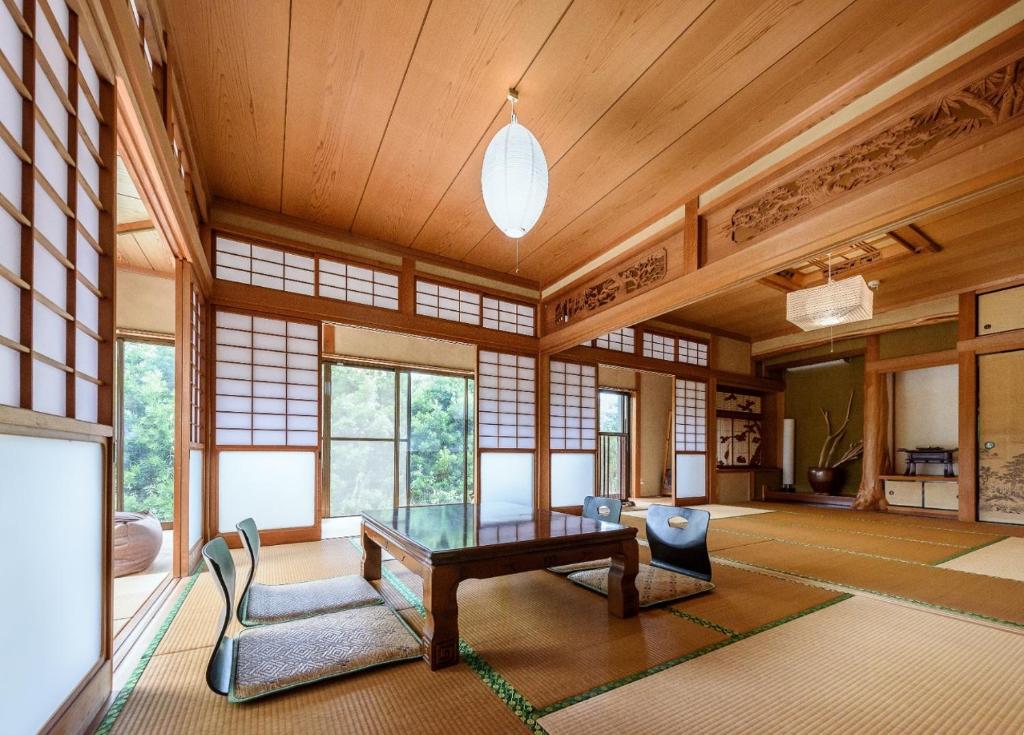
Building Japanese Home Know from Best Interior Designer in Kolkata
In the traditional Japanese house, you wouldn't find big furniture like which are found in western style houses. In the traditional Japanese house, the furniture is reduced to a minimum number and, to solve the storage needs, several spaces are provided, with very particular usages. So this makes the movement of the people in the house quite.

Japanese Inspired Home Interiors & Concept ideas
"Ma" is the key to traditional Japanese house interior design. the aim of the concept is creating a balance between objects like furniture on the one side and available space on the other. The main principles of a traditional Japanese home are uncluttered and clear interiors which create a calm and special space for all.
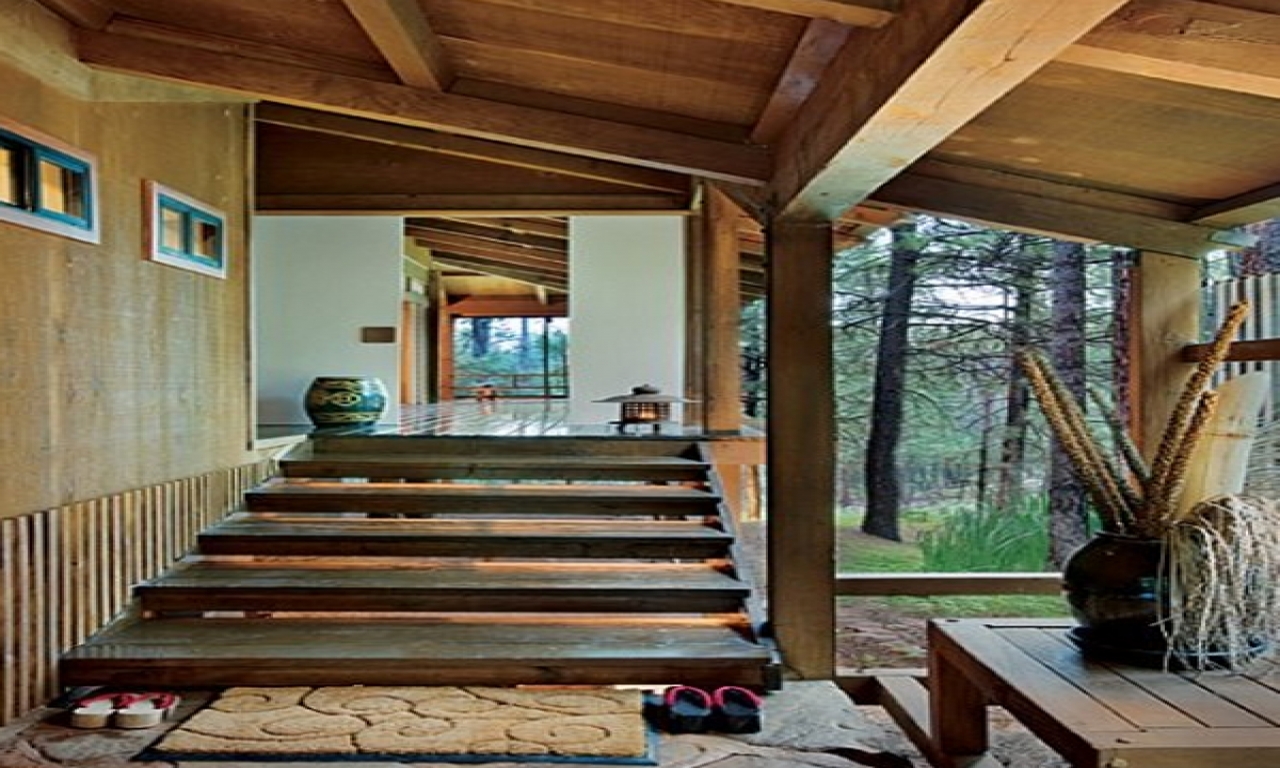
Traditional japanese house interior Hawk Haven
Interior Design Ideas! Subscribe - http://bit.ly/1rgw89bTraditional Japanese House + GardenFollow us on Google Plus: http://bit.ly/1NYRN9bFollow us on Twitte.

Unique Features of a Traditional Japanese House Japan Wonder Travel Blog
Shoji is a Japanese style door, window, or room separating apparatus. They are made of wood and lined with paper. The Japanese interior design inculcates the use of traditional Japanese plants such as Bonsai trees inside the house. This is a form of bringing the natural world into the home.
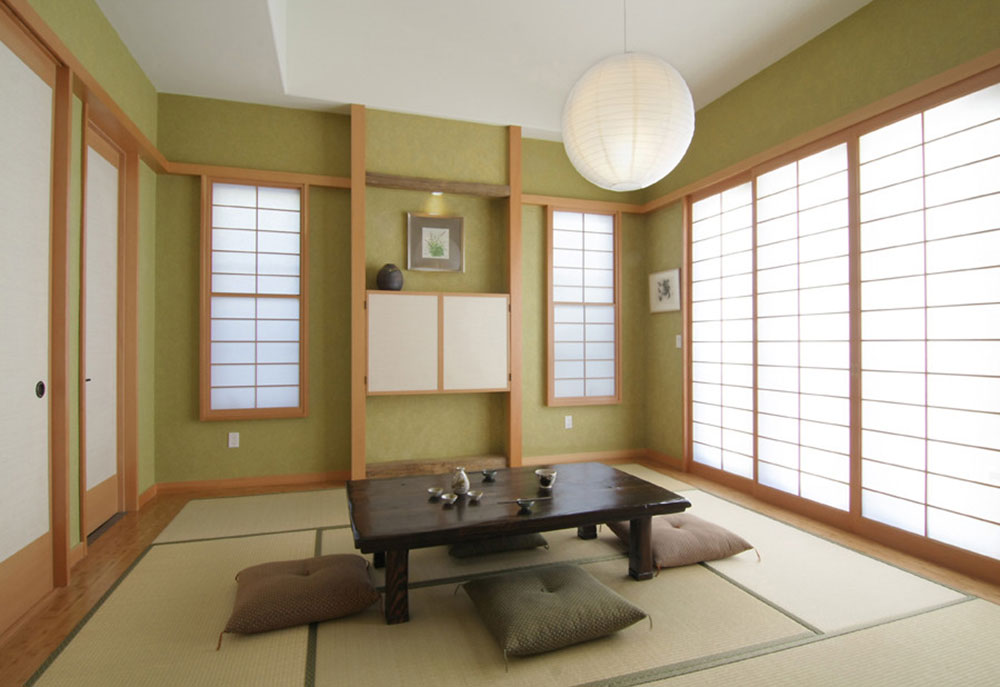
What a traditional Japanese home interior looks like
The traditional house of ancient and medieval Japan (1185-1606 CE) is one of the most distinctive contributions that country has made to world architecture.
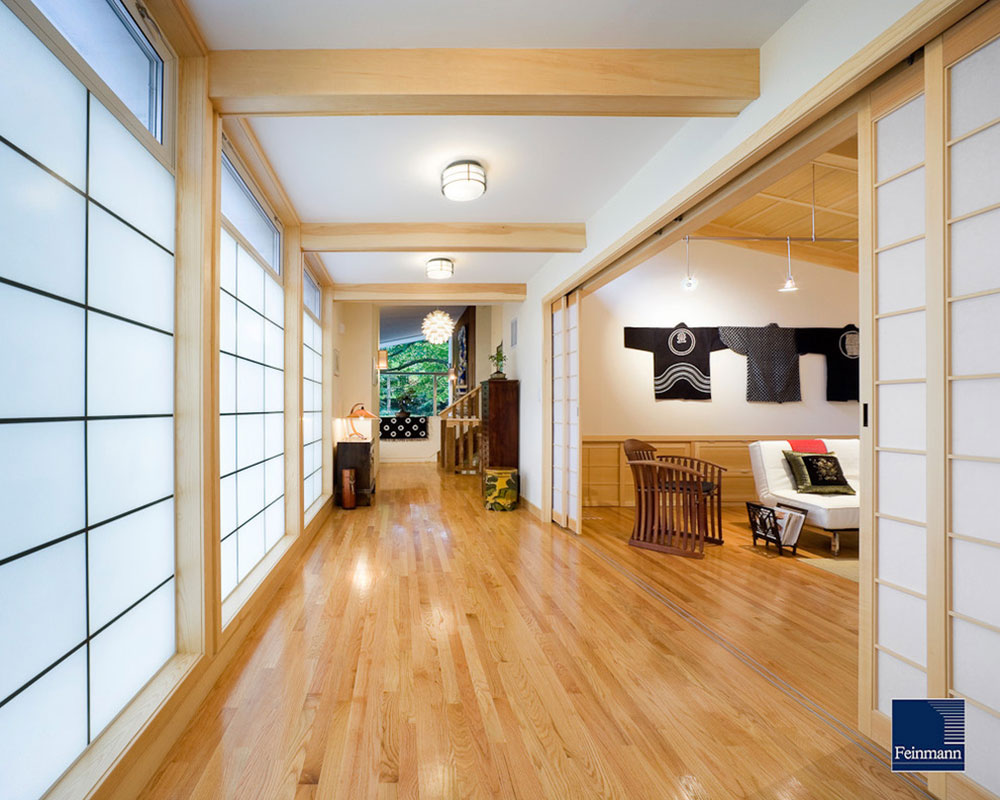
What a traditional Japanese home interior looks like
縁側・Engawa - This is an outside corridor that goes around a traditional Japanese house, this was done in the past to keep space between the fragile Shoji panels and rain. Not all traditional Japanese houses have these but more expensive ones do. お風呂・Ofuro - This is Japanese for a bath.
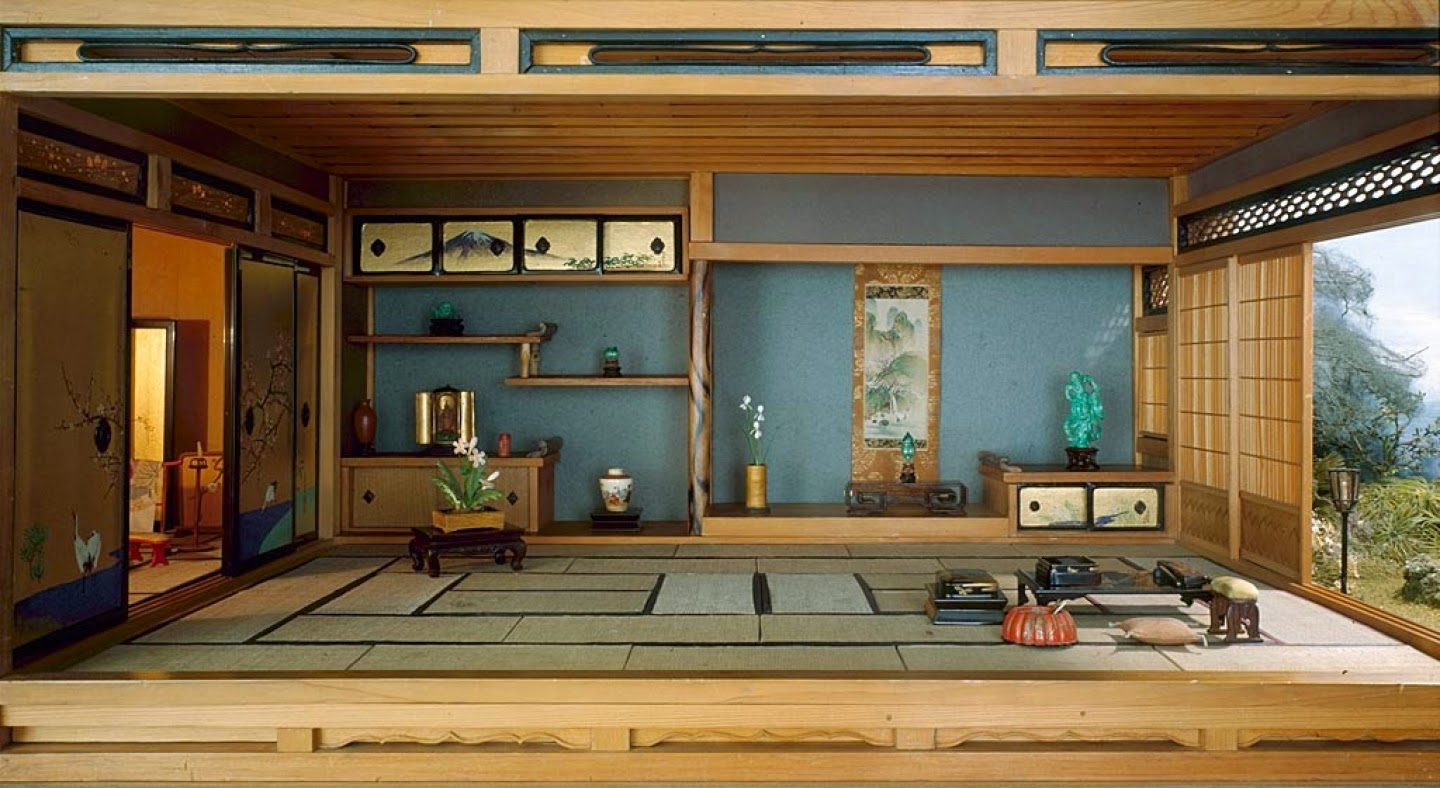
Fiorito Interior Design History of Furniture Japan
The interior of traditional Japanese houses The entrance in a traditional Japanese house is made through the genkan . It is a hallway where one systematically removes his shoes before going further.. Washitsu are living rooms typically found in traditional Japanese homes. Lined with tatami, they are separated by sliding paper doors, the shôji , or by opaque doors, the fusuma.